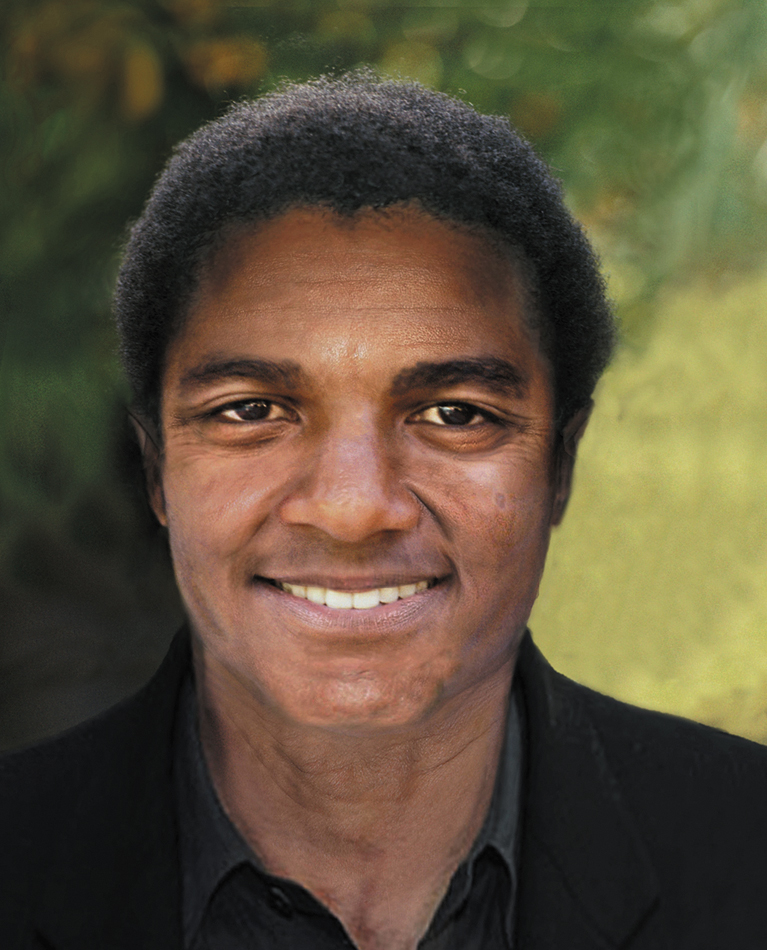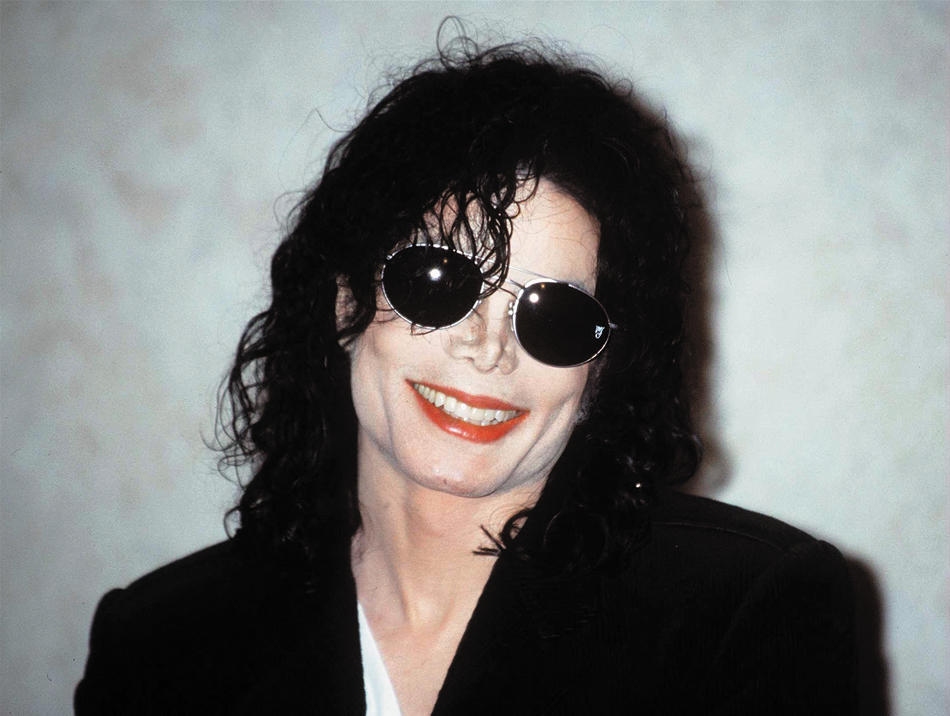CULMINATING ACTIVITY Body Image
● CULMINATING ACTIVITY ●
The following texts—an excerpt from an essay, a poem, and an advertisement—all make claims about body image. What claim does each of these texts make? How is the claim developed? How does each appeal to its audience?
from Celebrity Bodies
Daniel Harris
This excerpt is from an essay originally published in Southwest Review, the literary magazine of Southern Methodist University, in 2008.
A vision of the female body dictated by male desire would be far healthier and more attractive than one dictated by the imperatives of the closet, by manufacturers whose primary concern is showing off their goods to the best effect.
How much influence does this aesthetic have on the general public? Such well-known personalities as the withered Nicole Richie or the cadaverous Victoria “Posh” Beckham, a.k.a. “Skeletal Spice,” are often cited as the chief culprits behind the endemic of eating disorders among the young but the fact remains that, while as many as one hundred thousand teenage girls suffer from excessive dieting, two out of three Americans are overweight and an estimated sixty million, or 20 percent of the population, are obese. Are Hollywood and the fashion world responsible for our ever-increasing girth or is the effect of our obsession with what many have dubbed “the rich and famished” as open to debate as the influence of television violence and the Xbox on actual crime statistics? Does Lindsay Lohan’s waspish waistline make us skip meals and induce vomiting just as Mortal Kombat presumably makes us pick up assault rifles and open fire? How direct is the impact of Hollywood on our bodies, as direct as the Daily Mirror recently suggested when it ran a photograph of the emaciated Keira Knightley next to the headline “If Pictures Like This One of Keira Carried a Health Warning, My Darling Daughter Might Have Lived”? If many adolescents seek “thin-spiration” from such desiccated waifs as Jessica Alba, who has admitted to being on a diet since age twelve, or Elisa Donovan, who dwindled to a mere 90 pounds after eating nothing but coffee, water, and toast for two years, the majority of Americans seem to be following the lead of reformed foodaholic Tom Arnold who, until he began taking the diet aid Xenical, regularly splurged on McDonald’s and then hid his half-dozen Big Macs and Quarter Pounders from his equally gluttonous wife Roseanne, not out of shame, but because he didn’t want to share.
What is dangerous about the influence of popular culture on our state of physical health is not how slavishly we imitate the stars, attempting to acquire Hilary Swank’s lats, Jennifer Lopez’s glutes, and Beyoncé’s quads, but how little they affect us at all, how they have turned us into quiescent spectators who worship an unattainable ideal so remote from our daily affairs that its exemplars seem to belong to another species. Celebrities are like athletes, a class of surrogates who live vigorous, aerobic lives while we develop diabetes and arteriosclerosis on our sofas. Hollywood didn’t create fat, anxious Americans; fat, anxious Americans created Hollywood, a vision of humanity that bears little resemblance to the typical dissipated physique, sagging from too many processed foods and sedentary hours watching lithe beauties cavort in haute couture. Fantasy worlds, like those inhabited by celebrities, are never fashioned in the image of the dreamer. The dreamer imagines an existence as unlike his own as possible and is content to admire this world from afar, not as a possible destination but as a wonderland all the more enticing the more unapproachable and exclusionary. Our fantasies engender a paralyzing awe that instills in us despair, a sense of hopelessness about maintaining our bodies, about achieving the buff perfections of stars spoon-fed by studio dieticians who force them to nibble on rice cakes and celery sticks and submit to grueling regimens of Pilates and kickboxing. In fact, we would almost certainly be healthier if we did imitate Hollywood, if we did work out and diet as compulsively as they do, if, like supermodel Dayle Haddon, we performed leg lifts while washing the dishes, side bends while standing in line at Starbucks, and thigh resistance exercises in the elevators of our four-star hotels.
We blame pop culture for turning us into diet-crazed bulimics, but how can celebrities be “role models,” however derelict, when almost no one seems to imitate them, when we get fatter even as they get skinnier, exercise less even as they train like triathletes? Granted, we are preoccupied with celebrities, follow the evolution of their hair styles, take tours past the gates of their estates, make wild surmises about their sexual preferences, but obsession does not necessarily, or even usually, entail imitation. This does not keep us, however, from penalizing them with an unjust double standard, insisting that, in the name of public hygiene, they maintain scrupulously healthy diets, drink abstemiously, engage in unerringly faithful relations with their spouses, and indignantly turn down film roles in which they are asked to participate in such iniquitous activities as smoking. Never before have we demanded that popular culture be as virtuous as we have in the last forty years, that our stars, in the mistaken belief that they manufacture the moral templates of our lives, beat their breasts in remorse and enroll in rehab every time they fail a breathalyzer test, stumble on the red carpet, or light a cigarette in public.
(2008)
homage to my hips
Lucille Clifton
This poem is from Lucille Clifton’s 1987 collection, Good Woman.
these hips are big hips.
they need space to
move around in.
they don’t fit into little
5
petty places, these hips
are free hips.
they don’t like to be held back.
these hips have never been enslaved,
they go where they want to go
10
they do what they want to do.
these hips are mighty hips.
these hips are magic hips.
i have known them
to put a spell on a man and
15
spin him like a top!
(1987)
Michael Jackson with and without Plastic Surgery
The image on the left is a simulation of what Michael Jackson might have looked like at age fifty without plastic surgery. The image was created using a young presurgery picture of Jackson and aging simulation software. The image on the right shows Jackson as he actually looked at age fifty.

